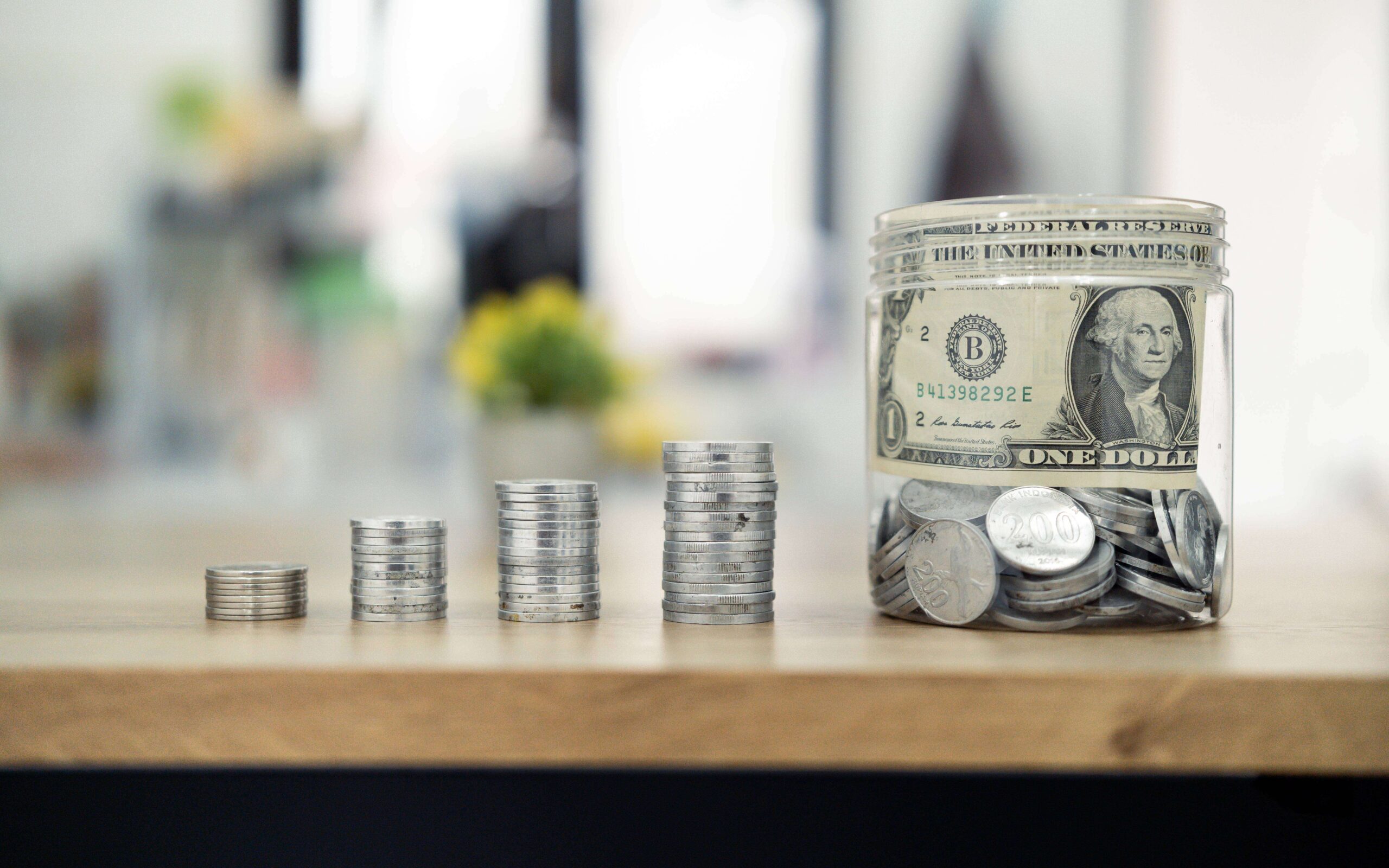Building an Emergency Fund: Start Small, Think Big
Updated: Nov 27, 2025
When unexpected expenses pop up—like a flat tire, a surprise bill, or a missed paycheck—having an emergency fund can be the difference between stress and stability. You don’t need to save thousands overnight. You just need a plan to get started.

Why You Need an Emergency Fund
An emergency fund is money set aside specifically for unplanned expenses. It helps cover things like car repairs, medical bills, job loss, or urgent home fixes without relying on credit cards, payday loans, or borrowing from friends.
Without an emergency fund, any unexpected cost can push you deeper into debt. With one, you can handle problems quickly and confidently. It’s not about being perfect—it’s about being prepared.
Many financial experts recommend saving three to six months of living expenses, but if that feels out of reach, don’t let it stop you. Your first goal should be to build a small cushion—$500 to $1,000—so you’re protected from the most common emergencies.
Start with What You Can Afford
If money is tight, it’s easy to think you can’t afford to save. But even $5 a week adds up over time. The key is to start small and stay consistent.
Look for areas in your budget where you can cut back a little—like skipping a takeout meal, pausing a subscription, or buying generic instead of name brand. Redirect those savings into your emergency fund. If you get a refund, rebate, or bonus, put a portion of it aside before spending the rest.
If you earn cash tips or do side gigs, consider saving a percentage of each payment. It might not seem like much at first, but small amounts grow faster than you think.
Use a Separate Account
Keeping your emergency fund in a separate savings account helps prevent you from spending it by accident. It also makes it easier to track your progress.
Choose an account that’s easy to access but not too easy—like a savings account at your bank or a high-yield online savings account. Avoid using your regular checking account or carrying it in cash, where you might be tempted to dip into it for non-emergencies.
Many banks allow you to nickname your account (like “Emergency Fund” or “Rainy Day Fund”), which can help keep your goal front and center.
Automate Your Savings
Set up automatic transfers to your emergency fund, even if it’s just once a month. Treat it like a bill that you always pay—only this one pays you back later.
Automating takes the decision out of your hands and builds the habit without extra effort. If your income is irregular, schedule transfers for weeks when you’re more likely to have money available, or set up a manual reminder.
Some banks offer round-up programs, where they round your purchases up to the nearest dollar and move the change into savings. It’s a low-stress way to build your fund without feeling the pinch.
Set Milestones and Celebrate Progress
Big savings goals can feel overwhelming, so break them into smaller pieces. Instead of thinking, “I need $3,000,” start with, “I want to save $100 this month.”
Create mini goals like:
-
First $100 saved
-
Emergency fund hits $500
-
Reached one month of living expenses
Each time you hit a milestone, take a moment to acknowledge it. You’re building financial security, and that’s something worth feeling proud of.
If you like visuals, use a printable savings tracker, jar chart, or phone app to track your growth. Seeing your progress can keep you motivated when things get tough.
Know What Counts as an Emergency
An emergency fund is not for vacations, shopping, or planned expenses. It’s for true “need-it-now” situations—things that come up unexpectedly and could throw off your budget if you had to cover them out-of-pocket.
Good uses for an emergency fund include:
-
Car repairs that you need to get to work
-
Unplanned medical or dental bills
-
A broken appliance like a refrigerator or heater
-
Rent or utility payments if you lose your income
-
Travel for a family emergency
If you’re unsure whether it counts as an emergency, ask yourself: “Will this put me in debt if I don’t use my savings?” If the answer is yes, it’s probably a valid reason to dip into the fund.
Refill After You Use It
If you do need to spend from your emergency fund, don’t stress—that’s exactly what it’s there for. Just make a plan to build it back up once things stabilize.
Start by adjusting your budget and resuming small contributions. You might even boost your savings temporarily by picking up extra hours at work or cutting back on nonessentials. The faster you replenish your fund, the safer you’ll feel the next time something unexpected happens.
Some people like to keep a buffer amount in their checking account in addition to their emergency savings. This can help cover smaller surprise expenses without needing to tap into your main fund.
Use Tools to Help You Save
You don’t have to save alone. Free apps and tools can make it easier to track your goals, automate savings, or stay accountable.
A few useful apps and services include:
-
Chime – Offers automatic savings features and early direct deposit
-
Qapital – Helps you set savings rules and goals
-
Digit – Analyzes your spending and moves small amounts to savings automatically
-
Ally Bank – Offers savings buckets to organize your money by goal
These tools are helpful for people who want extra structure or need a little push to stay consistent.
Look for Ways to Boost Your Savings
If your regular income doesn’t leave much room to save, think about how you can bring in a little extra money. This could be through side hustles, gig work, babysitting, selling unused items, or offering a skill like tutoring or cleaning.
Even one-time boosts—like a tax refund, stimulus check, or birthday money—can help you hit your savings goal faster. Consider putting a portion of any windfall directly into your emergency fund before spending the rest.
You can also challenge yourself with savings games like the “$5 challenge” (save every $5 bill you get) or the “52-week challenge” (save $1 the first week, $2 the second, and so on).
Emergency Funds vs. Other Savings
It’s important to separate your emergency fund from other savings goals. If you’re saving for a car, vacation, or new phone, that’s different from the money you need to keep the lights on if something goes wrong.
Try to keep your emergency fund untouched until you need it—and replenish it before focusing on other goals. Think of it as the foundation of your financial stability. Once it’s solid, you can build everything else on top.
Final Thoughts
Building an emergency fund doesn’t require a big paycheck—just a small start and a steady habit. With every dollar you save, you’re buying yourself peace of mind, financial freedom, and protection against life’s curveballs. Start where you are, save what you can, and keep moving forward. Your future self will thank you.

